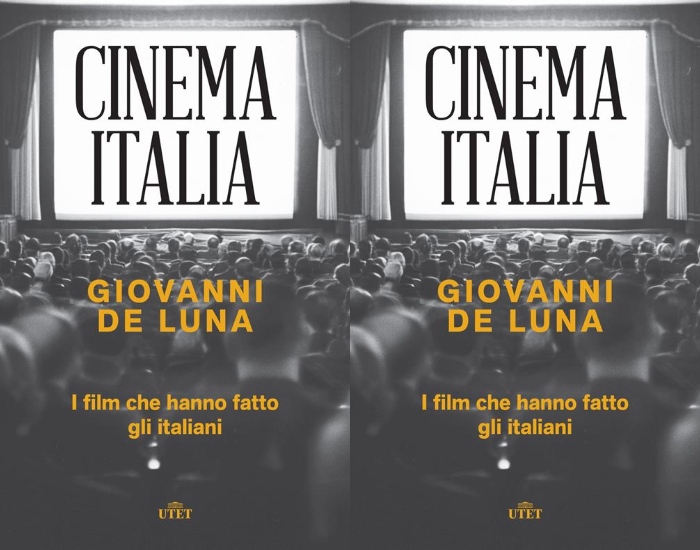Cinema Italia, a century of national history

The book “Cinema Italia. The films that Italians made ”(Utet), written by Mario De Luna read by Tullio Fazzolari
Like a multiplex cinema, you just can't choose which movie to watch. You have to see them all one after the other and, better still, in rigorous chronological succession. “Cinema Italia. The films that Italians made ”by Mario De Luna (Utet, 332 pages, € 22) traces almost a century of national history through the big screen. From "Cabiria" of 1914 to "The best of youth" of 2003, from "Rome open city" to "Life is beautiful" and many, many other masterpieces, the fantastic cinematographic itinerary conceived by De Luna does not aim to remembering sad or happy events in our history. Instead, it is the story of how we were and how we have changed in each period.
It is indisputable that a good film does not know the wear and tear of time. You can see it again after fifty years and it still has an effect. But it is equally true that it is almost always the result of its era and becomes the most effective representation of the period in which it was conceived and shot or more simply set. To give an example: no essay describes the chaos and demoralization of 8 September 1943 better than “Tutti a casa” by Luigi Comencini starring Alberto Sordi. And again: it is enough to review "the working class goes to heaven" by Elio Petri with Gian Maria Volonté to understand without too much difficulty the reasons for the union struggles and the "hot autumn" of '69.
And we could go on because in “Cinema Italia” there is practically everything. Even a flash back on Garibaldi's epic but otherwise nothing is missing: from the sweetened reality of white phone films during the fascist dictatorship up to the years of the joyful and up-and-coming yuppies, from the search for a better life ("The path of hope" ) to the unbearable lightness of the new bourgeoisie during the boom years and the myth of wealth (for example "A difficult life"). Nor are the characters of the Italians forgotten during the years of lead or those of coup attempts.
It may be that some films have escaped “Cinema Italia”. A few more lines on “Divorzio all'italiana” or “My friends” would have been fine but it is not a lack that diminishes the cinematographic path devised by De Luna. It may surprise at first sight that there are foreign films (such as “Saturday Night Fever”) or set abroad (“The Battle of Algiers” by Gillo Pontecorvo) but it is a misleading impression.
It is enough to read “Cinema Italia” more carefully to realize that instead it was a good choice because those films had a decisive influence on the way of living or thinking of Italians. At this point, leaving the multiplex cinema, the curiosity arises to wait for the next edition of this book. Maybe there will be films with Italian citizens of citizenship income and the no green pass. Will the new filmmakers be able to tell them like Monicelli or Comencini?
This is a machine translation from Italian language of a post published on Start Magazine at the URL https://www.startmag.it/mondo/cinema-italia-un-secolo-di-storia-nazionale/ on Sat, 13 Nov 2021 09:18:56 +0000.
